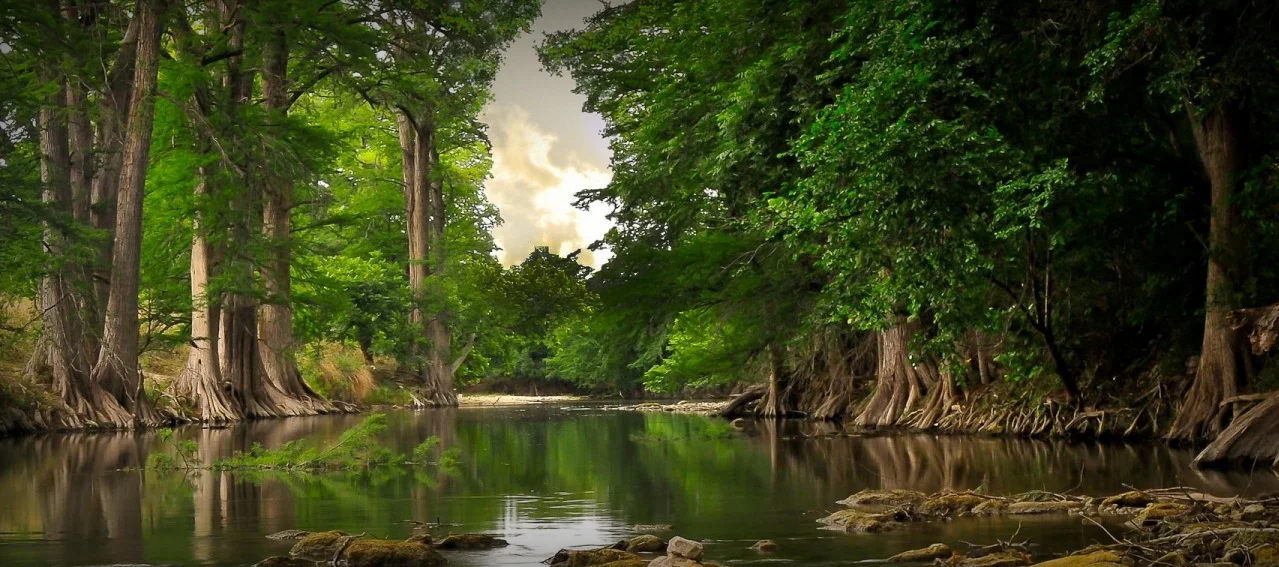Dealing With Winter Injury To Trees and Shrubs
/Unfortunately, no matter how hearty a tree or shrub is, it can still be damaged by the elements of winter. How bad that damage is, and how often it occurs, depends on a number of factors. For one, the plant species itself, and the location and technique used to plant. Then there is also the timing of the weather extremes. Cold isn’t usually the cause of winter plant damage. It is the fluctuation in temperature that is the real culprit. Here’s what you need to know about winter injuries to trees and shrubs.
Fluctuation in Temperature
Plants that live in cold climates get accustomed to the temperature through exposure to gradually falling temperatures. Dormant plants that have not been fully acclimated will get injured if there is a flash freeze. These can often happen in the fall when one day it is mild, and the next it is freezing. If a plant does get acclimated, and then there is a period of mild weather in the middle of winter, they can again be susceptible to winter injury as they can become de-acclimated.
Freezing Temperatures
There are species that will be affected by lower temperatures no matter what. They simply cannot get acclimated. Often times these are plants that are either not used to the weather, or have already been injured in some way. If your plants are not hardy, then make sure they are sheltered in places like courtyards or around heaters.
Frost Cracks
When temperatures get below 15 degrees, then you may start to notice frost cracks. They are cracks that run up a tree’s trunk. You will most often see them on the south or southwest facing side of the tree. These cracks occur when there is a sudden drop of temperature. The outer layer of the wood contracts, while the inner layer does not. This creates the cracks. If a tree is injured with frost cracks, then it will most likely continue to get them every year.
Sunscald
Sunscald most often affects trees with thin bark, like beech, maple, and willow. It is a long canker-like blemish on the trunk. It also appears mostly on the south or southwest facing side of a tree. Sunscald is the result of a sudden exposure to the sun. During the winter, sunny spots on a tree can be warmer by as much as 20 degrees that the other side. This can cause one side to de-acclimate to the cold. This causes damage to the outer layer of the bark and appears as a sunken spot. Sunscald can affect growth, foliage, and stem dieback.
Evergreen Winterburn
Sometimes it is not the trunk that is damaged by winter. Winterburn affects evergreens and presents as browning or burn marks on their foliage in the late winter. The belief is that it is caused by a loss of water throughout the winter from leaf transpiration. The sun and wind combine to dry out the needles, which do not get refreshed because the moisture in the roots and stems are frozen. This can be prevented by applying an anti-desiccant twice a season, usually in December and February.
Root Damage
Roots are very vulnerable to damage or even death when temperatures get below 15 degrees. The shallower the roots, the more susceptible they are. Using mulch, leaf litter, and relying on snow cover can help protect the soil from getting too cold. If a plant’s roots get frozen, then it may very well wilt and die by the time spring comes.
Salt Damage
While salt might be necessary to keep roads and walkways safe, it is not good for trees and shrubs. Once the thaw occurs in the spring, you may notice that your evergreens are looking brown, or there is some leaf scorch on your trees and shrubs. No parts of a plant are safe, since salt on the roads tends to be kicked up in to the air, and can land in foliage. Soil can even be damaged by the salt, leading to injuries in roots. Its is important to use salt-tolerant soil to protect against salt stress.
The best ways to avoid winter injury involve prevention. Choose hardy species in the first place. Then, avoid pruning and fertilizing late in the summer, since this could create new growth that will be vulnerable to the temperatures to come. Mulch can help protect the soil, and burlap screens can protect against wind and salt. Lastly, use an anti-desiccant on all of your species.

